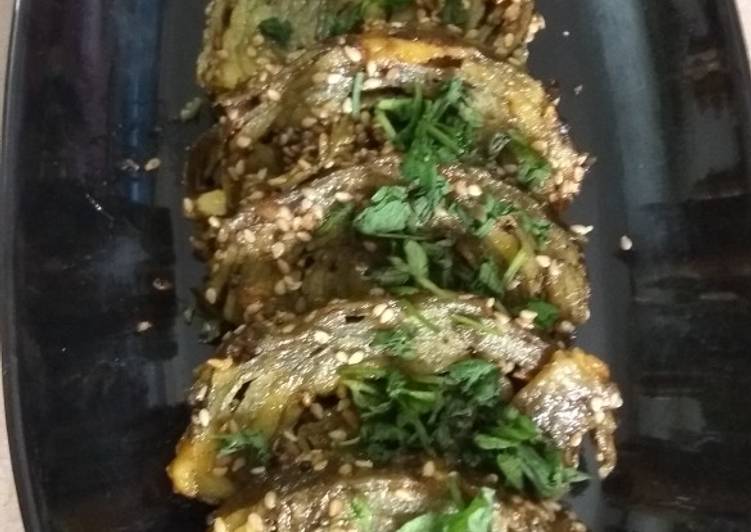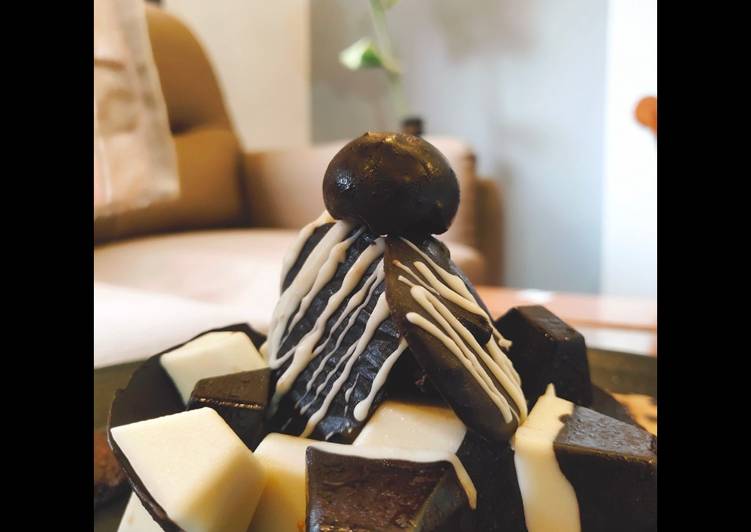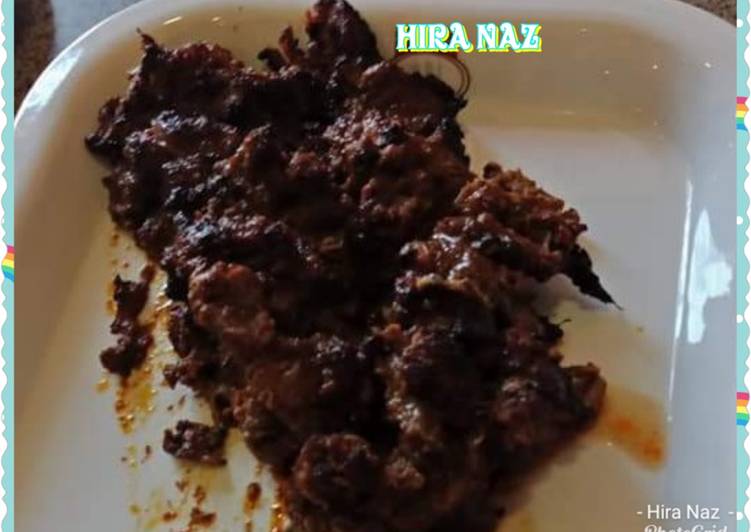
Hey everyone, hope you are having an amazing day today. Today, we’re going to make a special dish, colocasia leaves (paatra). One of my favorites. For mine, I will make it a little bit tasty. This will be really delicious.
Colocasia Leaves (Paatra) is one of the most popular of recent trending meals on earth. It is appreciated by millions every day. It is simple, it’s fast, it tastes yummy. They are fine and they look wonderful. Colocasia Leaves (Paatra) is something that I’ve loved my whole life.
Colocasia leaves (arbi ke patte, taro leaves) : Colocasia leaves are a very good source of vitamin Colocasia leaf is frequently used in Maharashtrian and Gujarati cuisine in preparations like paatra. Taro (Colocasia esculenta) is a tropical plant widely known for its nutrition value. From preventing cancer to eliminating anaemia, they have several health benefits.
To get started with this particular recipe, we have to prepare a few ingredients. You can cook colocasia leaves (paatra) using 22 ingredients and 10 steps. Here is how you cook it.
The ingredients needed to make Colocasia Leaves (Paatra):
- Prepare 500 gm colocasia leaves
- Take 1/4 tsp Baking soda
- Get Water
- Prepare For Batter
- Prepare 2 cups rice and gram dal corse flour (kanki-korma flour)
- Get 1 cup gram flour
- Prepare 2 cup buttermilk
- Prepare 2 tbsp green chilli garlic ginger paste
- Take Salt as per taste
- Get 1/4 tsp turmeric powder
- Prepare 1/2 tsp red chilli powder
- Make ready 1/4 tsp garam masala
- Prepare 2-3 tsp sugar
- Get For Tempering
- Get 4-5 tbsp oil
- Get 1 tsp mustard seeds
- Get 3 green chillies sliced
- Make ready 4-5 tbsp sesame seeds
- Get 1 tsp red chilli powder
- Get 2-3 tsp sugar
- Make ready 1 tsp lemon juice
- Prepare 2-3 tbsp water
Also called as Alu chi patal bhaji. A really good recipe from the Maharashtrian cuisine. Paatra or Gujarati Patra is nothing but Fried Colocasia Leaf Rolls. Popular in Surat and other parts of Gujarat, it is either steam cooked, deep-fried or shallow fried and served either as an appetizer or as.
Instructions to make Colocasia Leaves (Paatra):
- Clean the colocasia leaves. Take plenty of water add baking soda. Wash the leaves and keep a side.
- For batter: in a bowl add flour, buttermilk, dry masala, salt sugar. Mix it all well. It should be thick batter.
- Now washed leaves and batter is ready. Clean the kitchen surface. Place the whole leaf apply the batter on leaf. Place the second leaf on it and apply the batter. In same way third leaf apply the batter.
- Close the leaf from both side. Apply batter. Roll the batter. Make tight roll.
- Put the steamer on stove. Add water on low flame on that place the steamer plate. Purge leaf roll in the steamer plate. Make all roll. Close the lid. Let it steam for 30 min. Check it with toothpick.
- Off the stove. Let it cool completely. Cut the roll with thread.
- Cut all the pieces ready. Now temper it. Keep pan/ kadhai on medium flame. Add oil, mustard seeds, let crackled. Now add green chillies sliced, sesame seeds. Let crackled too.
- Add red chilli powder, sugar, lemon juice, water. Mix it.
- Now add pieces of colocasia leaves. Mix it well.
- The tempering will coat the all pieces. Toast it for 5 min more and serve with ketchup.
Paatra (Colocasia Leave's Rolls) is very famous gujarati recipe. Paatra is made from Arbi (Colocasia) leaves. Litteral meaning of "Paatra/ Patra in gujarati is Leaves". This colocasia leaves curry is spicy, tangy, silky smooth & delicious. Tender colocasia leaves in this curry are well cooked along in a spicy coconut masala until they're super.
So that is going to wrap this up for this exceptional food colocasia leaves (paatra) recipe. Thanks so much for your time. I’m sure that you will make this at home. There is gonna be more interesting food at home recipes coming up. Don’t forget to bookmark this page in your browser, and share it to your loved ones, colleague and friends. Thanks again for reading. Go on get cooking!


